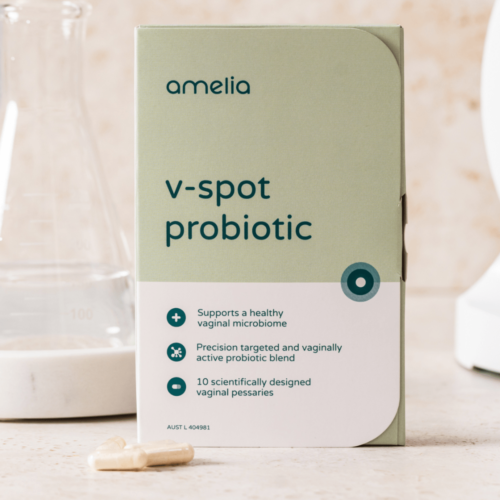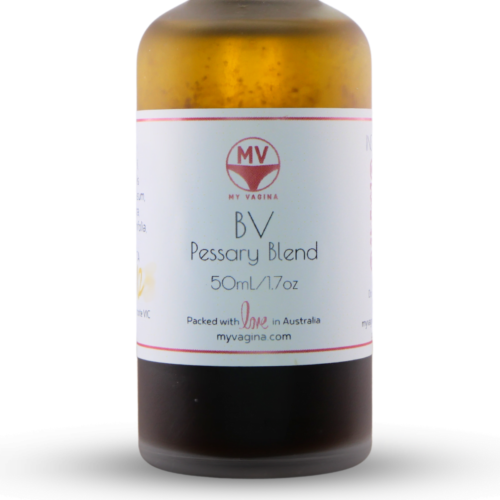There are many links between the MTHFR enzyme and gene mutations (C677T and A1298C). If you are homozygous for either of the gene mutations or compound heterozygous (C677T + A1298C), histamine – and the related vaginal symptoms – may be an issue for you.
MTHFR enzyme and methylation
The MTHFR gene provides directions for the production of the MTHFR enzyme. The MTHFR enzyme breaks down folate and folic acid into the active form, L-methylfolate.
L-methylfolate is required for methylation. If the conversion isn’t sufficient from folate or folic acid to L-methylfolate, you will not be methylating as much as you need to, though the extent varies between people.
HNMT enzyme and histamine
Methylation is required for the histamine-N-methyl-transferase (HNMT) enzyme to function. The HNMT enzyme degrades histamine. Thus, insufficient methylation means insufficient histamine degradation and a subsequent build-up of histamine in the body. This excess histamine can result in vaginal, urinary tract and other symptoms.
COMT enzyme and histamine
Methylation is also required for the catechol-O-methyl-transferase (COMT) enzyme. The COMT enzyme is essential to liver clearance of oestrogen.
A build-up of oestrogen results in mast cells being stimulated to produce more histamine. Higher histamine levels then cause more oestrogen to be produced, with a loop being created that worsens both oestrogen excess and histamine excess.
DAO enzyme and oestrogen
Oestrogen downregulates the diamine oxidase (DAO) enzyme that degrades histamine, so again, the more oestrogen in your system, the more histamine.
Methylation, histamine and SIBO
Methylation results in phosphatidylcholine, the building blocks of bile acids. Bile acids play a major role in regulating the pH of the small intestine. Insufficient bile acids result in pH imbalances of the small intestine, a cause of small intestinal bacterial overgrowth (SIBO).
SIBO results in inflammation of the small intestine, which in turn releases histamine. The DAO enzyme can’t keep up, so the HNMT enzyme picks up the slack. If you’re not methylating properly, the HNMT enzyme becomes quickly overwhelmed due to less L-methylfolate. Then, choline is used for methylation of homocysteine to methionine for producing SAM (a major methyl donor), leaving insufficient choline to make phosphatidylcholine and bile acids.
And around it goes…
If you have MTHFR genetic mutations and histamine problems, working on methylation may be a key to recovery.
Specially formulated probiotic for vaginal application to promote a healthy vaginal microbiome.
Unique, comprehensive BV, AV and 'mystery bad vag' treatment guide, one-of-a-kind system, with effective, innovative treatments.





